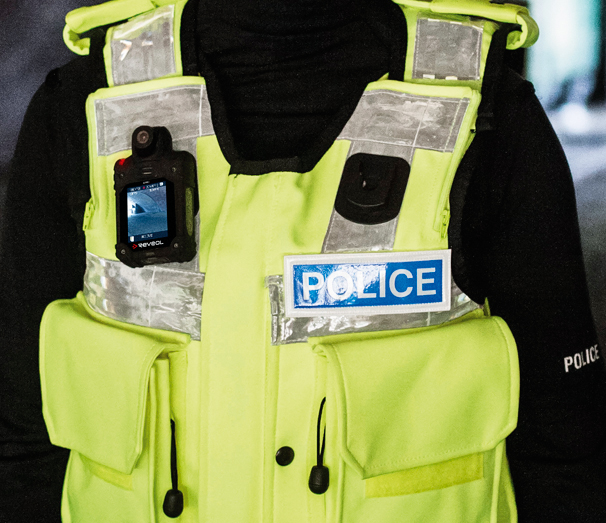Putting cloud first in communications
A new cloud-based approach to providing critical communications for emergency services control centres allows for flexibility and innovation to meet any future requirements and the enhancement of operational processes and procedures.
A new cloud-based approach to providing critical communications for emergency services control centres allows for flexibility and innovation to meet any future requirements and the enhancement of operational processes and procedures.
The multi-media collaboration platform will not only allow control centre staff to communicate across the current Airwave Tetra (terrestrial trunked radio) network, but also the new 4G LTE (long-term evolution) Emergency Services Network (ESN) once it is operational.
The system is currently being rolled out by the Department of Health across the UK Ambulance Trust as a replacement for the existing integrated command and control system (ICCS).
The Control Room Software project is designed to provide a new approach to the provision of radio dispatch for the UK Ambulance Trust using a cloud-based model.
The platform will be hosted at Crown Hosting Data Centres, a joint venture with the Cabinet Office to help deliver the Governments aim for the public sector to put the cloud first.
The communication and information systems specialist Frequentis says its 3020 LifeX integration system will provide a highly resilient national solution for all of the English Ambulance Trust control room operators, with an option for Scotland and Wales too.
It will also provide a map-based view of the location of all ambulances, to compliment current systems and provide another layer of resilience for the most critical of services.
With a capacity for almost 700 concurrent users, the system will be the largest ICCS in the UK.
Frequentis says even though the system is national and can be enhanced on this basis, it understands the need for individual Trusts to operate in their own way and local requirements will also be catered for.
Realising the benefits of the new ESN is vital and the flexibility inherent with LifeX will enable Trusts to transition to ESN while maintaining inter-operable communications with other Trusts, the police and fire and rescue services, said Duncan Bray, head of programmes for the Ambulance Radio Programme.
He says with the introduction of the ESN over the coming years, ambulance dispatching and the communications with staff will change and the potential use of multimedia will evolve.
Having a single system will enable the evolvement to be managed and implemented in a more cost-effective and efficient way.
Robert Nitsch, public safety director at Frequentis, says the private cloud infrastructure, intuitive web-based front-end and ability to integrate numerous third-party systems means a single national solution can meet the specific needs of the individual Trusts.
This brings the benefits of scale without compromising the individuals needs, he added.




